What are pests?
Pests are destructive animals that attack any plant you don’t want them to. There are ways to kill them if that’s what you want to do, and you can find lots of information about that in other places, but I won’t be mentioning any of them here. I will be going through ways to deter pests, protect plants, and encourage pest predators to your garden.
Pests can also benefit the garden in many ways. And unless they are an invasive species, they are a vital part of the ecosystem, providing food for other animals, pollinating, spreading seeds, and decomposing organic matter, which is why I focus on non-lethal methods.
I’m going to list some of the main pests and the general things they will do, as well as the best method to use against them. I’ll then mention in individual plant posts which pests might cause you problems for that plant specifically and how to protect the plant.
What do pests do to plants?
Pigeons and other birds
Pigeons can eat seeds that aren’t sown deeply enough, and eat seedlings that aren’t protected. Other birds will also do this, but in my experience pigeons are the biggest culprit. Birds will also eat fruit from trees and bushes, like cherries, raspberries and blueberries.
Although birds of prey and foxes can prey on birds it’s hard to attract these to your garden, so the best way to deal with these pests is going to be to protect your plants with some kind of netting or fence, or grow them in a polytunnel or greenhouse.
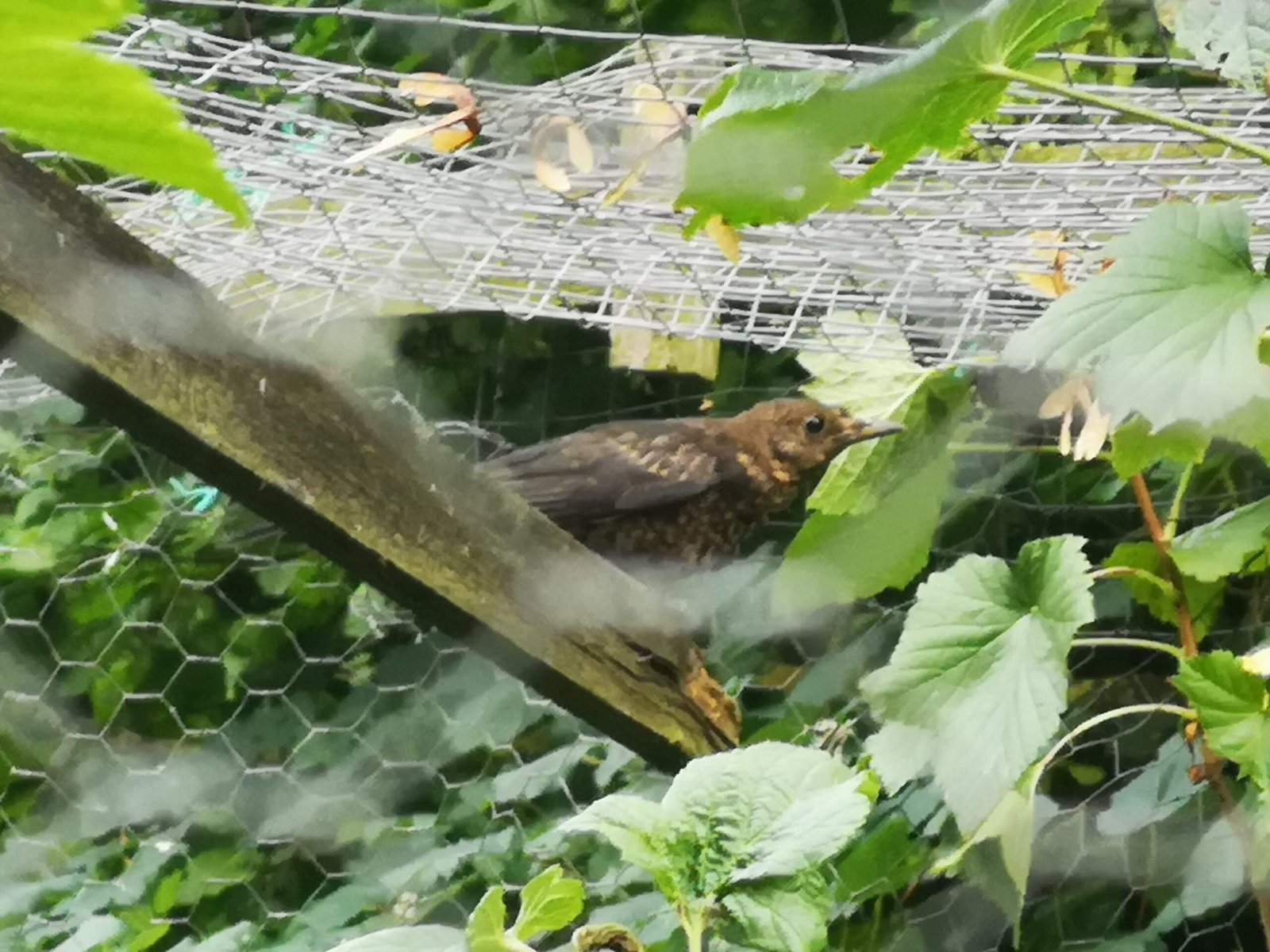
Rabbits, hares and squirrels
These animals will eat a wide variety of plants, usually eating leaves and shoots of young plants, often either killing the plants or eating the entire thing. They may also dig holes that can uproot plants or damage root systems.
Birds of prey and foxes can prey on these animals too, but it’s hard to attract these to your garden, so the best way to deal with these pests is going to be to protect your plants with some kind of netting or fence, or grow them in a polytunnel or greenhouse. If your fence has small holes in it, is less than 2-3 feet high, or isn’t buried into the ground enough, then rabbits can still find their way into your garden even if it is fenced off. Squirrels will find their way in regardless of a fence, and you’ll need to cover plants to keep them out.
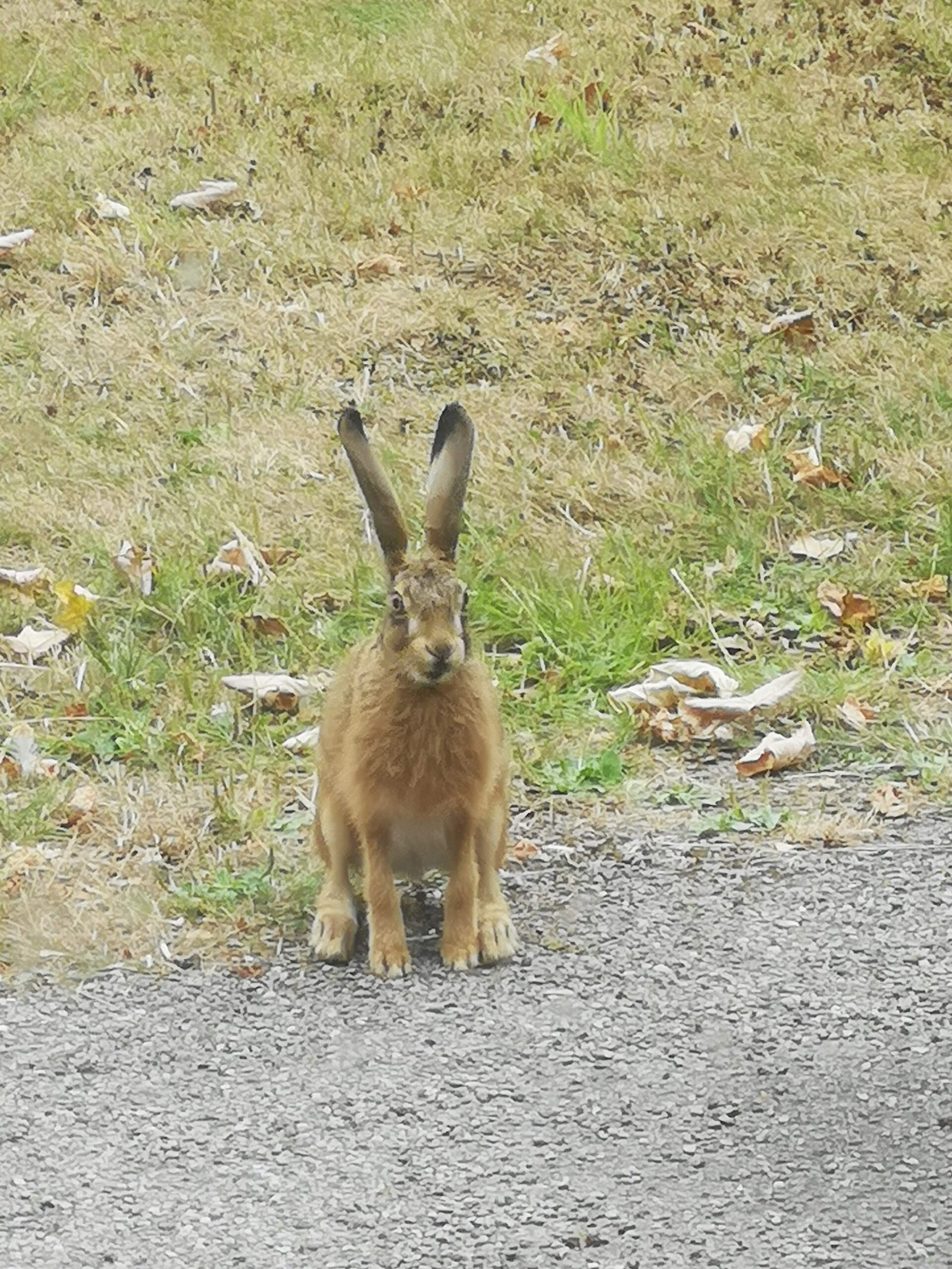
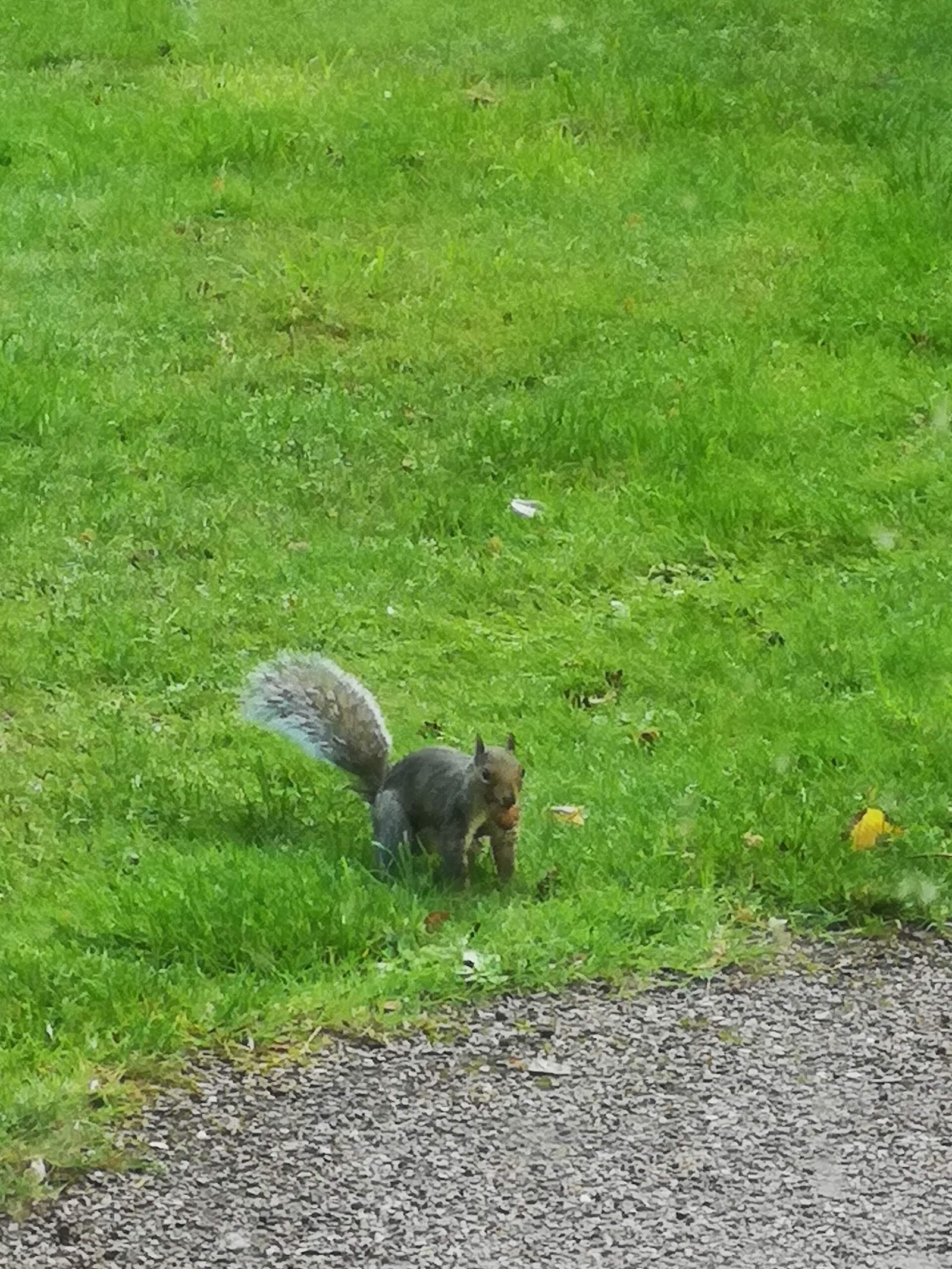
Deer
They will eat plants and fruit, and due to their large size they can cause issues very quickly.
Many people will already have fences around their garden, which will mean you likely won’t have any problems with deer, but if you don’t have that protection, then cages or fences around plants are going to be the go to here, as well as growing in a greenhouse or polytunnel.
Mice and rats
They will eat seeds, seedlings, and fruit/vegetables. They can also get into compost bins or piles and eat what’s in there. They may also dig holes in the garden, either to burrow or to get to below-ground vegetables.
Birds of prey, foxes, weasels and snakes eat these rodents, but these predators can be hard to attract to your garden. You can plant certain strong smelling plants that they do not like, which can deter them. Lavender, mint, and marigolds are among the plants that are said to do this. You can also try to avoid composting food scraps outside of a compost bin, and put your compost bin on a slab or something similar so that they cannot dig their way in, so that you aren’t attracting them.
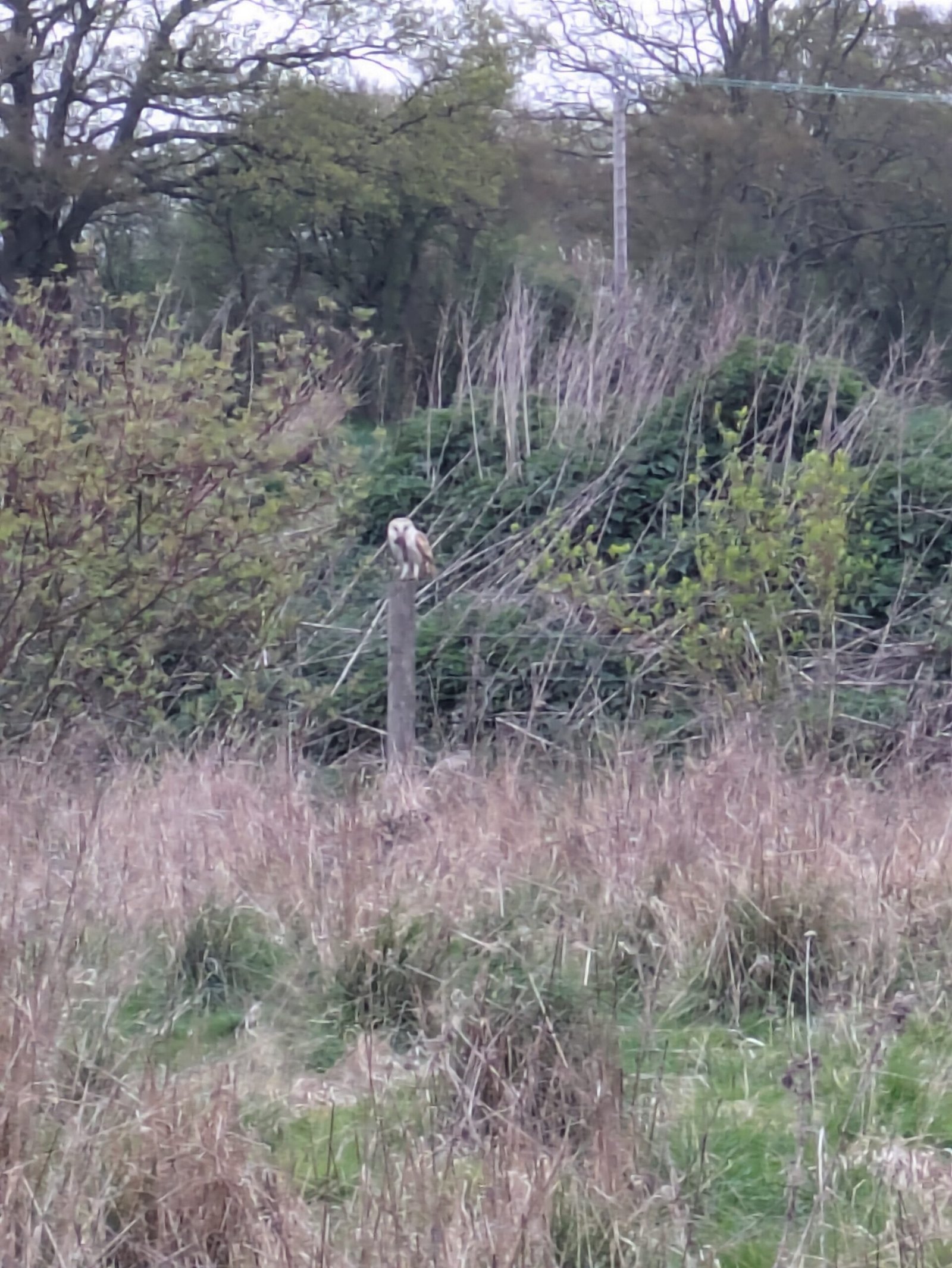
Slugs and snails
They will eat the leaves of plants, loving to go after seedlings. They can very quickly destroy plants and lay hundreds of eggs every year, quickly multiplying. They prefer to come out in the dark or rain.
There are a few non-lethal methods that you can use here.
- Encourage predators to your garden. There are a lot of animals that eat slugs and their eggs. Predatory insects, including beetles, centipedes, and spiders, can be attracted by having places to hide, like mulches, ground cover, log and leaf piles. Rodents and moles will also eat slugs, as will foxes. Some birds will also eat them, and having bushes or hedges can provide cover for some of the smaller birds to hide and nest in. Frogs and toads are great for slug control, and these can be attracted (it can take a while) by having a wet area like a pond or fountain that they can access, as well as plenty of places for them to shelter during the heat of the day and predators. Ponds, bushes and places to nest can attract hedgehogs to the garden, who eat smaller slugs and snails. If you have fences surrounding your garden, you can make a ‘hedgehog highway’ to allow them access, although be aware this may also let other things in, so you may want to take precautions with your plants if you do this.
- Plant trap crops. Planting one of their preferred plants near the plants you want to protect, and even away from them to attract them there instead, can mean them focusing on the sacrificial plant instead of the ones you want to grow. Certain species of cabbage or mustard are high on their list of preferred plants.
- Deter with strong smelling plants. Foxgloves, lavender, roses and many aromatic herbs, as well as other plants, can repel slugs due to their dislike of the smell. Planting these throughout the garden, especially nearby the plants you are trying to protect, can help limit the pest problem.
- Don’t provide habitats near your plants. They hide under leaves, ground cover, weed piles, rocks, pots, etc. While you don’t want to remove these things from your garden, keeping them away from the plants you want to protect, especially combined with other methods listed here, could help you control these pests.
- Relocation. If all else fails, or you’d rather do this alongside other methods, you can always pick them up and move them somewhere else. I do find myself going outside when there are freshly planted seedlings out there to put the slugs in a bucket and move them further down the garden. Just be careful where you relocate them to, you don’t want someone else to lose all of their plants because you took the slugs to their garden.
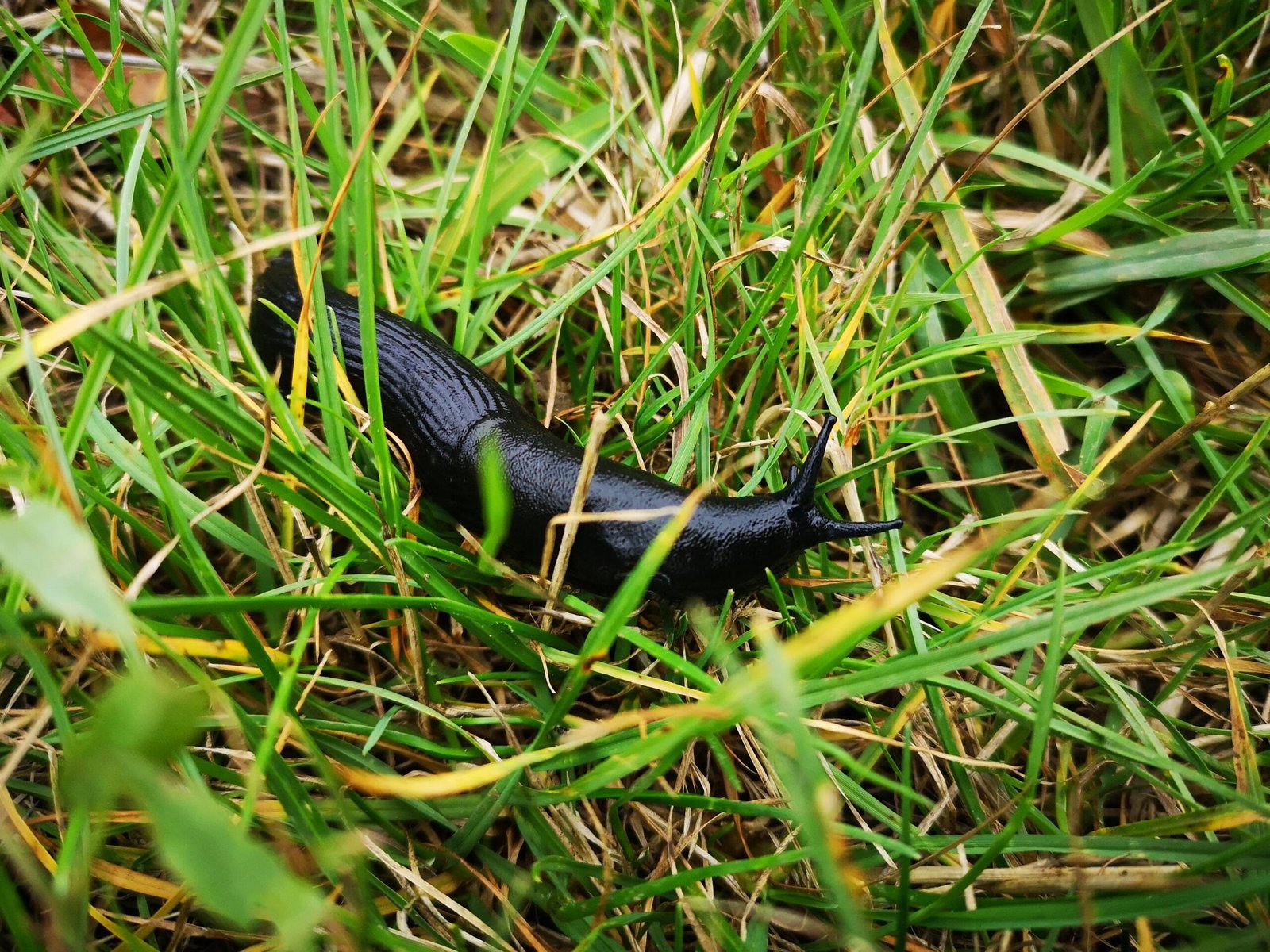
Caterpillars
They will eat leaves, flowers, seeds, and even the fruit. However, they are the larval stage of butterflies and moths, which are hugely beneficial pollinators in the garden.
Mint, sage and lavender can repel caterpillars, so planting these nearby can keep them away from the plants that you are trying to protect. Insects can eat them, so providing places for them to hide, like mulches, ground cover, log and leaf piles can be good here.
Some birds and mammals will also eat caterpillars, so the same method as above can be useful.
But I often find myself leaving them and trying to make sure they don’t spread too far, as I love having moths and butterflies in the garden, so sacrificing a couple of plants is fine to me. If you don’t want to do this, you can always move them.
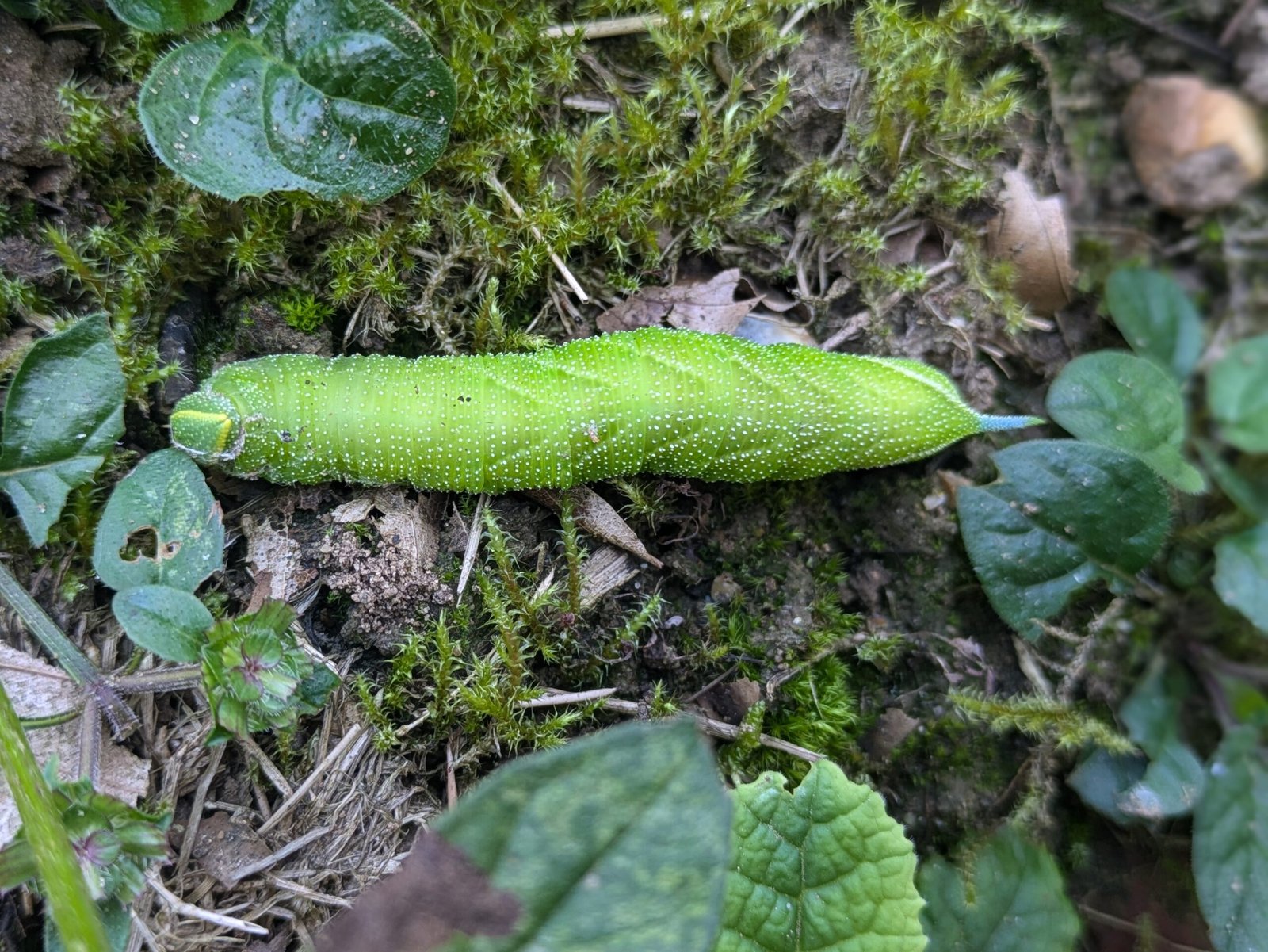
Aphids and whiteflies
They will suck sap out of plants or encourage diseases, leading to stunted growth or dying plants. Ants will actually farm aphids, milking the honeydew that forms on the aphid from sucking the sap out of the plant. This is a fascinating process, so I’ll be doing a short blog post on this in the future.
Ladybirds, lacewings and spiders are good for killing aphids. They are attracted to pollen-rich flowers like yarrow and dill, and if you provide shelter and places for them to overwinter such as hollow stemmed plants, straw, and even bushes and the underside of leaves, then they will want to stay in your garden and reproduce there.
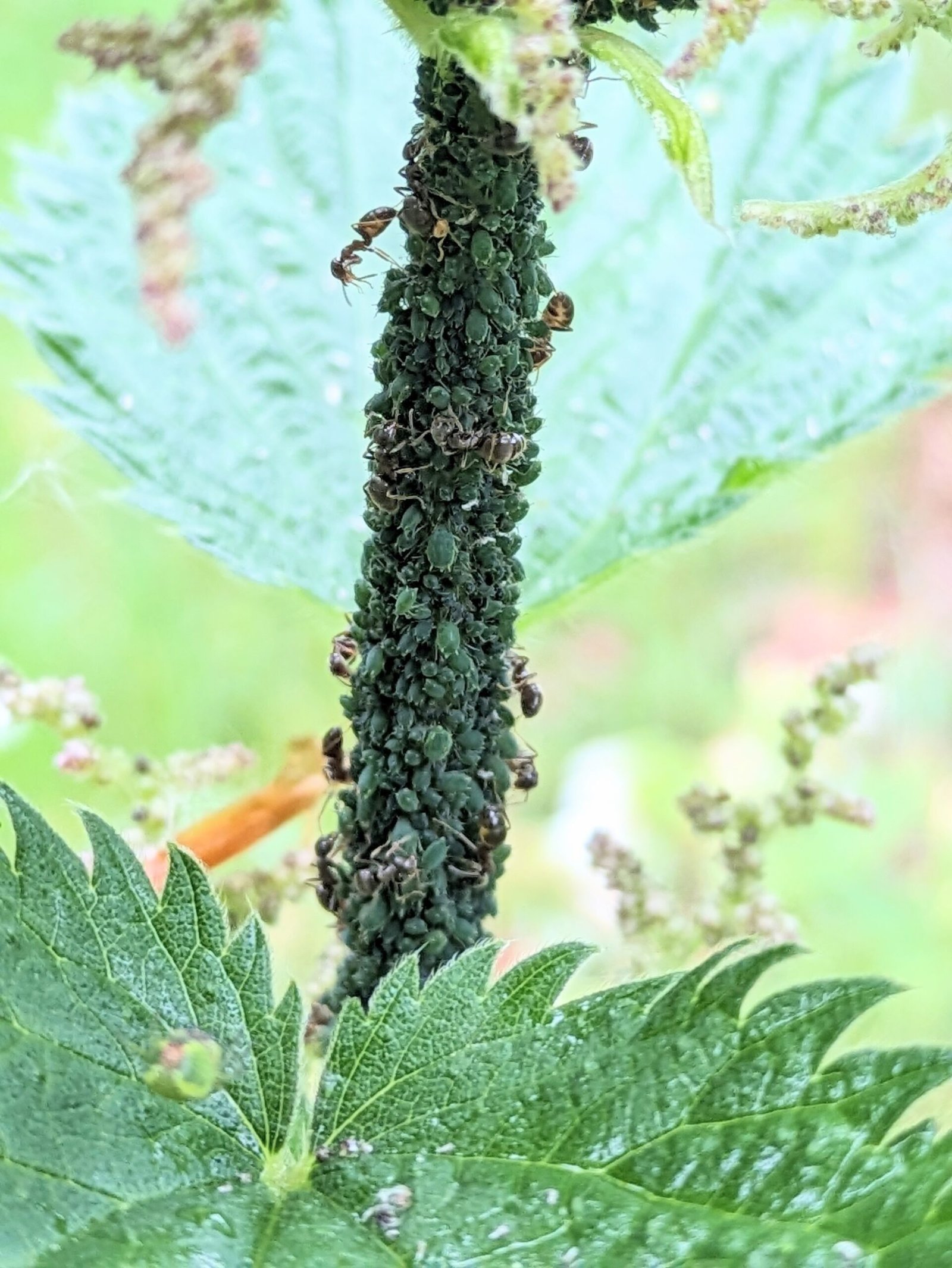
What can you do about pests?
Protect plants
Covering plants with netting or growing them in cages can protect plants from rabbits, deer, rodents and birds. Garden netting or chicken wire are commonly used, along with frames or posts. I try and use branches from pruned trees to form my structures, but you can use posts, canes, metal frames, and more to build your structure. You’ll want to be careful with pollination if you are netting or caging. Either choose netting with big enough holes for bees, butterflies, etc. to fit through, or remove the netting for a period of time while the plants are flowering so that they can access the flowers.
Growing plants in a greenhouse or polytunnel, or anywhere inside, will protect them from rabbits, deer, rodents and birds. Growing them in a house will also protect them from slugs and caterpillars. You need to be careful with pollination here too. Leaving greenhouse or polytunnel windows open for a period of time during the flowering process can allow pollinators to come in and pollinate your plants. You can also try hand pollinating. There’s a lack of wind here, which often aids pollination, so insect pollination (or hand pollination) is extra important.
Deter pests
Crop rotation can make it harder for pests to find plants, and reduce the numbers over time.
Companion planting can be used to attract pests to other plants, hide plants from pests, or attract predators prey on the pests.
Encourage predators
Through companion planting, having lots of flowers in your garden, and providing other food sources, you can attract many different insects to your garden, some of which are predators for pests.
Giving these predators places to hide, shelter and overwinter will make them more likely to stick around and help you year after year.
Avoiding the use of chemicals, as they can keep pest predators away, will also attract them and make them more likely to stay.
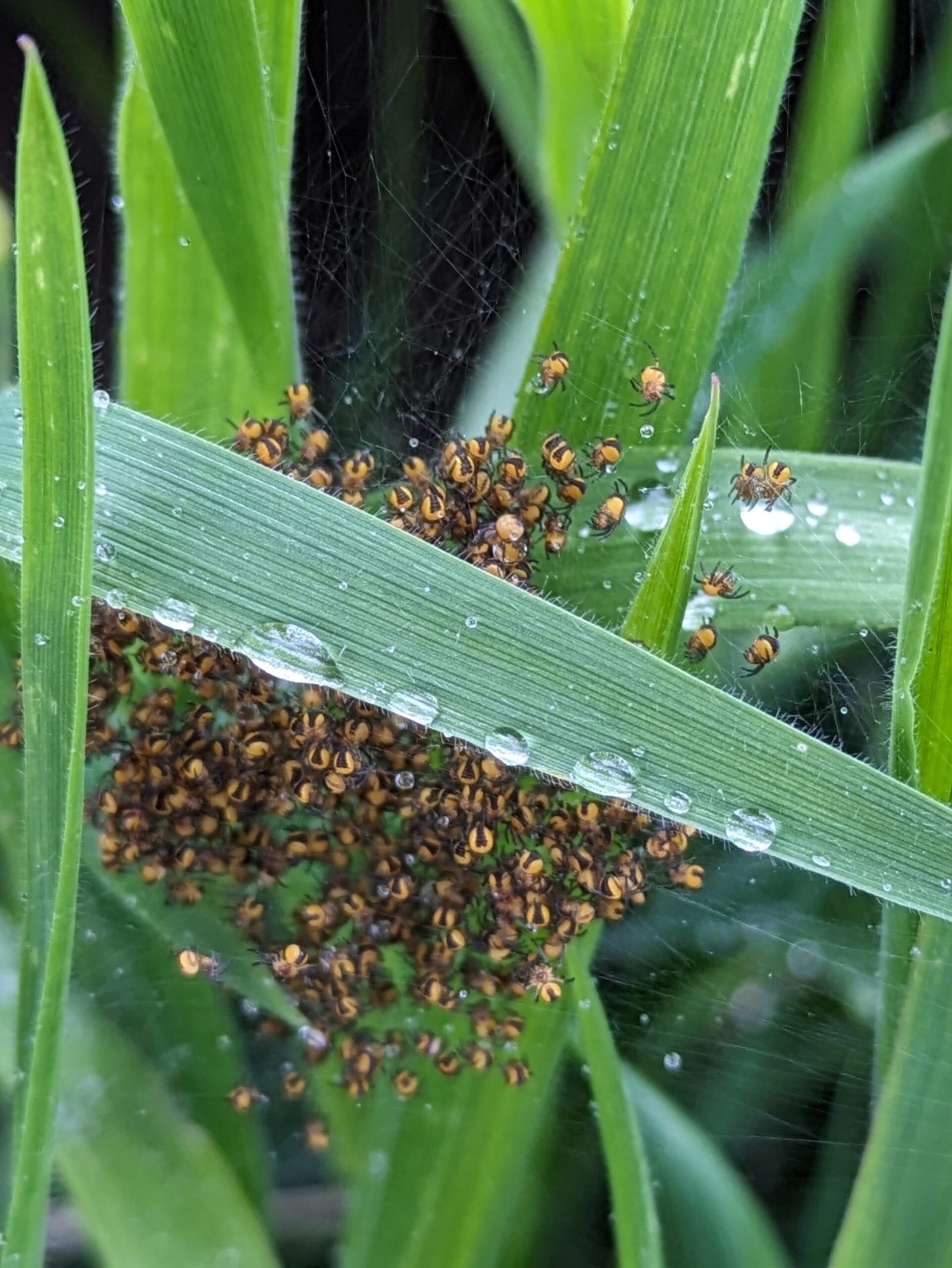
I am proud to be affiliated with JustSeed, a company that I have bought seeds from for a few years now. I believe in what they are doing over there, and if you are going to buy seeds, garden tools, or seedlings, then please consider checking them out and using my link below to do so. Thank you for supporting me.

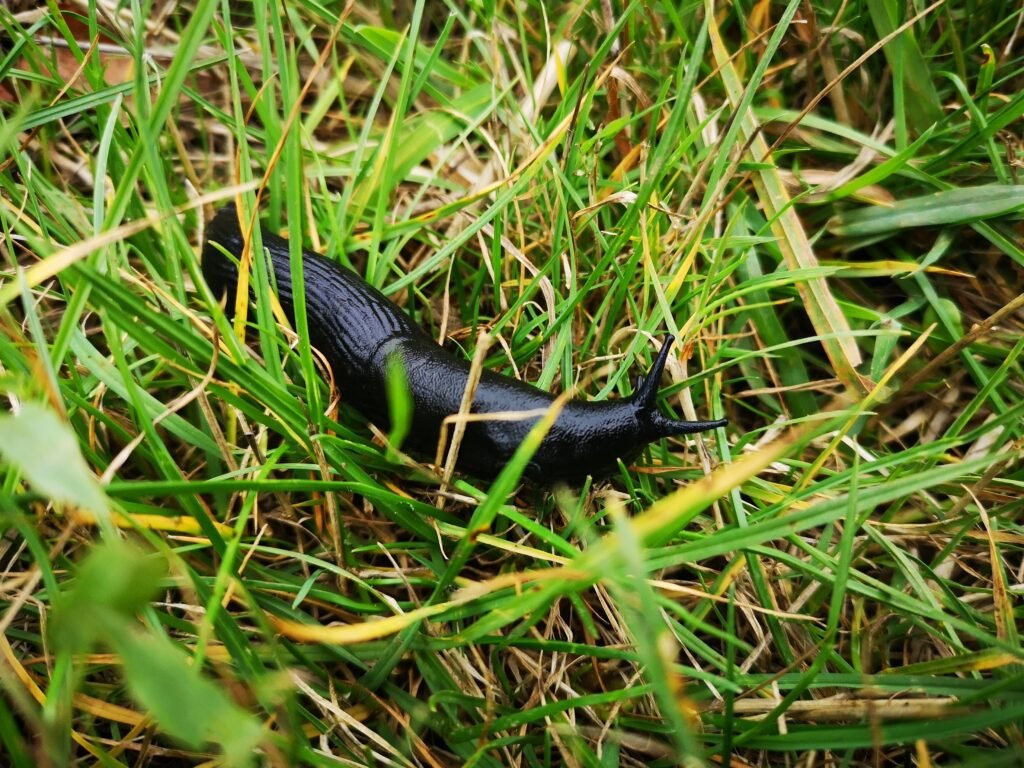
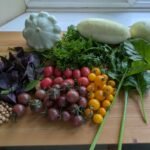



Leave a Reply